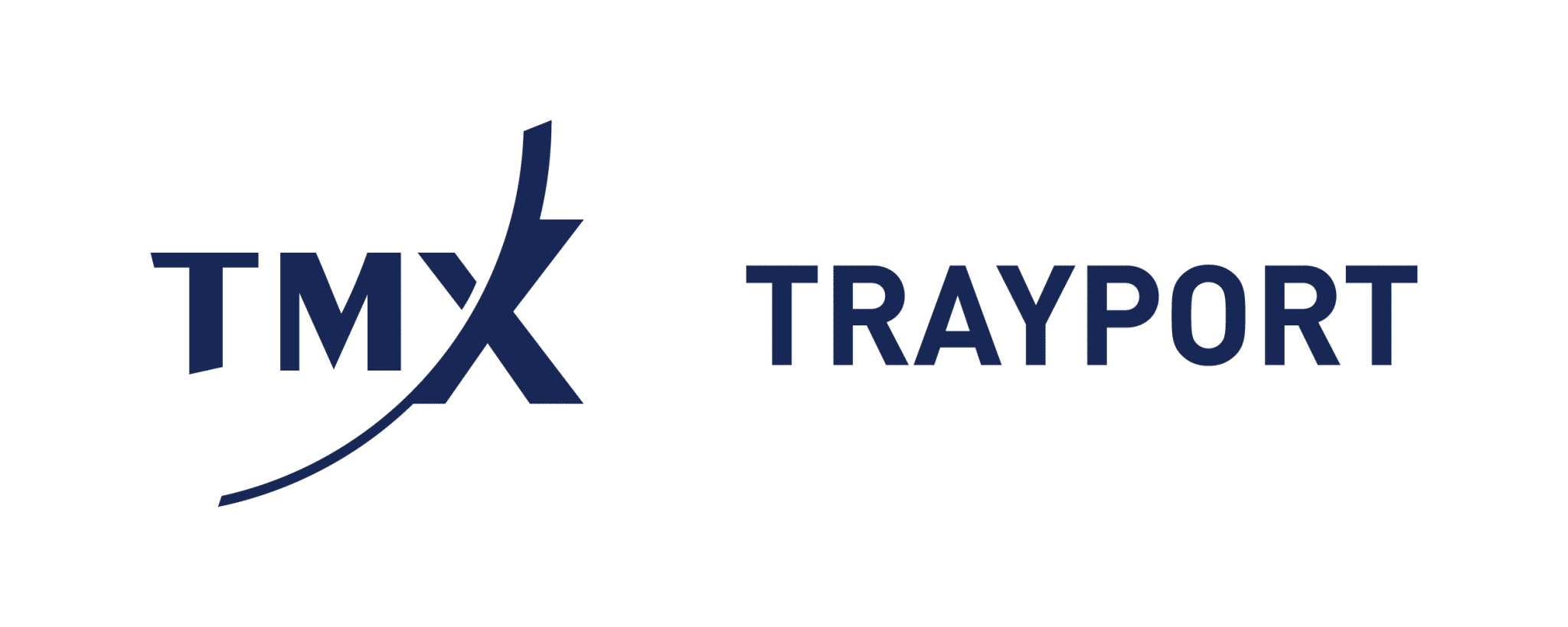German energy giant STEAG, a big believer in the competitive advantage of innovative technologies, decided to digitise their power trading. They were looking for a solution to support their algo-trading capabilities and bring to life their vision for the future of energy trading.
The Challenge – A Complex, Highly Electronic Market
The intraday trading team at STEAG deals with the same challenges faced by every energy trading team today: an increasingly automated, electronic market that is fast and complex. Trading volumes, volatility and the number of products are all on the rise; more frequent, smaller volume trades executed by algorithms are beating human traders, sometimes just by one cent. In this environment, the fastest, smartest technology wins. Furthermore, with the shortening of lead times between gate closure and delivery, a high-performance scheduling solution is also becoming more critical.
The Solution – autoTRADER With Scheduling And Balancing
The STEAG intraday trading team, led by Mario Schmoltzi – Senior Manager Trading Strategies, selected autoTRADER.
STEAG’s traders now have access to development tools that enable them to modify existing strategies and create and test their own unique trading algorithms. Risk controls for standard and custom algorithms are provided by a strong framework, which enforces limits, can block trades or shut off algos if necessary. STEAG also opted for the fully integrated Scheduling & Balancing solution for seamless communication between intraday trading and scheduling.
The Result – From Standard Algos to AI
The autoTRADER system at STEAG has gradually evolved and now uses a highly sophisticated set of custom strategies, driven by an intraday trading team with a strong focus on coding and analytics.
In mid-2017 they began with the standard algorithms for position closing and flexibility marketing, with rapidly increasing volumes over time, to the point where today over 70% of STEAG’s intraday volume is traded automatically alongside the 24×7 shift traders.
To gain confidence in their algo technology, they actively tried to ‘break’ them during live trading – unsuccessfully. Knowing they can trust the autoTRADER to run independently, traders can now focus on value-enhancing activities such as keeping a closer eye on technical updates from TSOs and power stations, or analysing data in order to develop ideas for new and improved strategies.
By sharing their early experiences with VisoTech, STEAG provided insights on topics such as power plant ramps and the simultaneous trading of overlapping products that helped to enhance the standard flexibility algo. Over time, they began writing their own strategies, first based on our standard algorithms but now becoming increasingly unique.
At present, STEAG deploys a variety of simultaneous trading strategies in order to optimally market their power asset positions and benefit from intraday price movements. When the new gas-fired power plant, which is currently under development, goes live, autoTRADER is expected to handle both sourcing gas and selling the power generated by the plant.
Conscious of the growing role of artificial intelligence, STEAG has also incorporated machine learning into their latest algorithms. The AI algorithms are continuously adapting to market conditions and take on an ever-greater role in STEAG’s trading activities.

